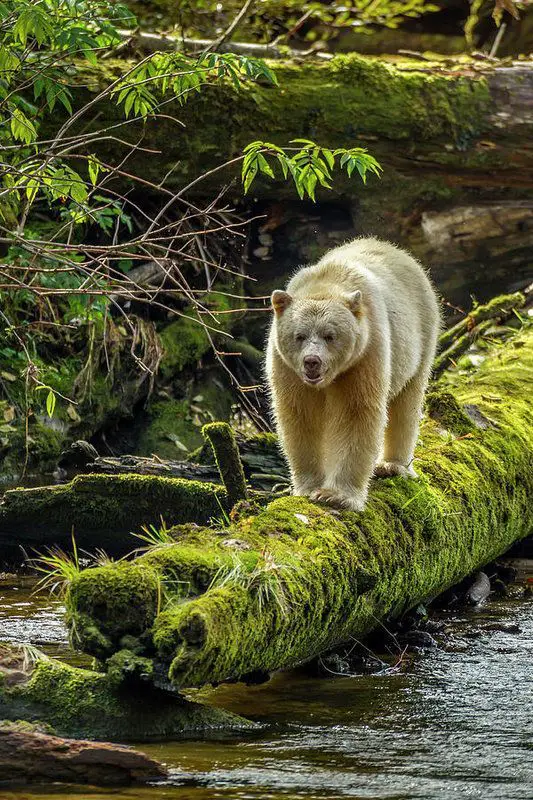Discovering the Kermode Bear
The Kermode Bear, also known as the “Spirit Bear,” is a subspecies of the American black bear renowned for its distinctive white or cream-colored fur.
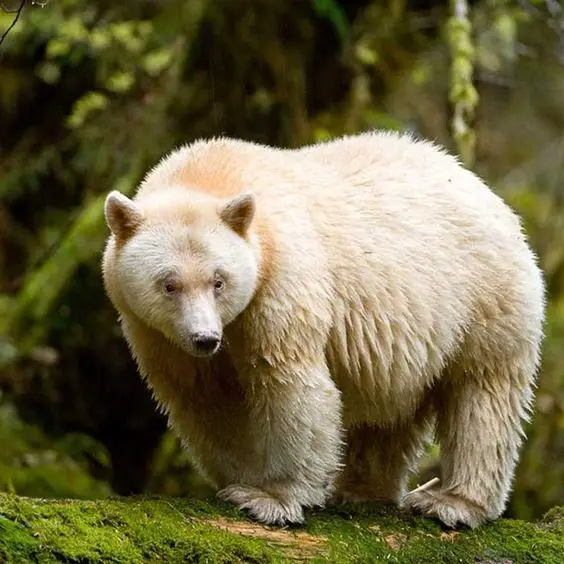
Primarily found in the Great Bear Rainforest of British Columbia, Canada, these bears have captivated the interest of wildlife enthusiasts, researchers, and indigenous cultures.
Understanding the Kermode Bear’s unique characteristics and behaviors offers insights into the complex ecosystems they inhabit.
Let’s delve deeper into the fascinating world of the Kermode Bear, starting with their physical description and extending to their habitat and survival strategies.
Physical Characteristics of Ursus americanus kermodei
The Kermode Bear shares many characteristics with typical black bears but stands out thanks to its rare white-colored fur, which is not caused by albinism but rather a genetic trait.
This genetic variation is recessive, meaning both parents must carry the gene for their offspring to exhibit the white coat.
Aside from their striking appearance, let’s take a closer look at the detailed physical features of these majestic creatures.
Size and Stature
Adult Kermode Bears typically measure between 4 to 6 feet in length and, when standing on their hind legs, can reach heights of over 6 feet.
Males generally weigh between 300 and 400 pounds, while females are smaller, at about 155 to 215 pounds.
Their size is comparable to that of an average black bear, emphasizing that it’s the color of their fur that sets them apart.
Diet and Feeding Habits
Kermode Bears are opportunistic eaters with a diet that changes with the seasons.
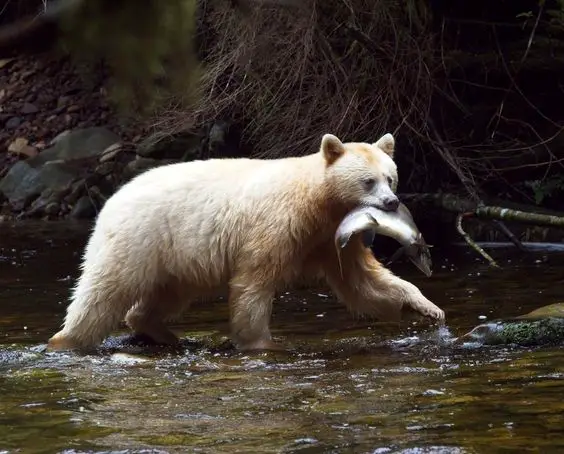
They feast on berries, nuts, fruits, and sedges, as well as salmon during the annual salmon run, which constitutes a significant portion of their diet.
There are various factors influencing their diet, including the availability of food sources in their habitat.
Habitat: Home of the Spirit Bear
The Spirit Bear primarily resides in the remote regions of British Columbia’s coastal rainforest, an area that provides the dense cover and rich biodiversity essential for their way of life.
Conservation efforts have been pivotal in maintaining their natural habitat, ensuring this mystical bear continues to roam the temperate forests.
The Spirit Bear’s Role in the Ecosystem
As top-tier predators and foragers, Kermode Bears significantly impact their environment.
By dispersing seeds through their diet, they aid in plant proliferation and also assist in the distribution of marine nutrients from the salmon they eat.
Forest flora and fauna gain from the intricate web of interactions involving these bears.
Reproduction and Lifespan
Kermode Bears mate during the summer, with a gestation period that includes delayed implantation.
Cubs, usually one or two, are born during winter hibernation and remain with their mother for approximately two years.
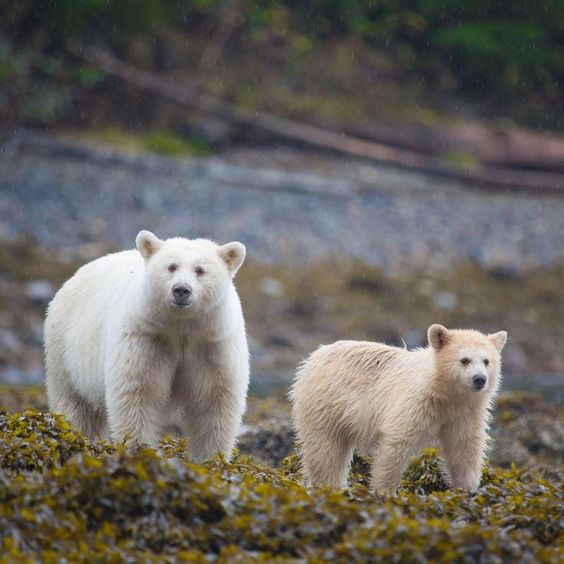
The average lifespan of a Kermode Bear in the wild is around 25 years, though this can be influenced by various environmental factors.
Conservation Status
With no more than 400 to 1,000 individuals estimated to exist in the wild, the Kermode Bear is not currently listed as an endangered species but is considered a conservation priority due to its limited distribution and population size.
Efforts to protect this bear are crucial to preserving not only the species but also the cultural significance it holds for the First Nations peoples, who regard the Spirit Bear as sacred.
Cultural Importance of the Kermode Bear
Indigenous communities in British Columbia revere the Spirit Bear as a symbolic figure within their traditions and stories.
The bear’s unique coloration has garnered it a mythical status, with some legends depicting it as a reminder to appreciate and maintain the Earth’s bountiful resources.
Challenges Faced by Spirit Bears
The Kermode Bear encounters several threats to its survival, from habitat loss due to deforestation to human encroachment and the consequences of climate change.
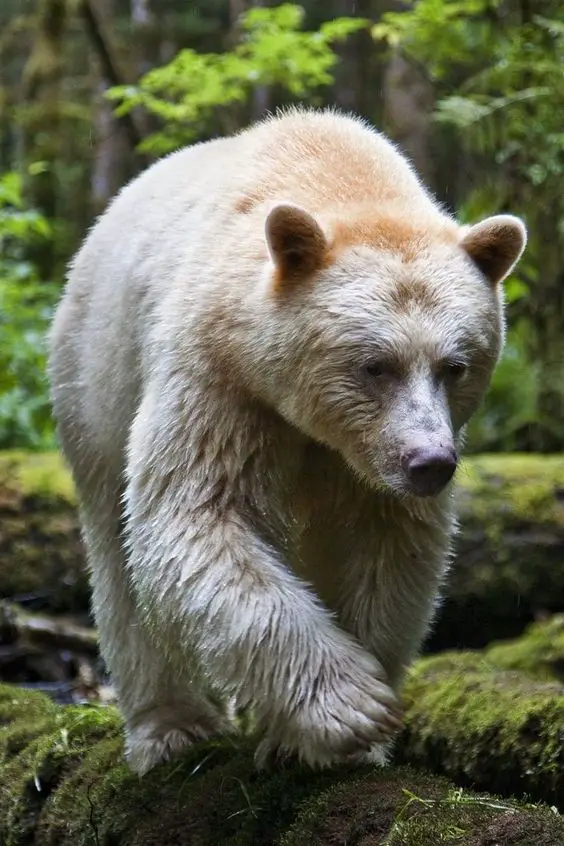
Other dangers include increased mortality rates associated with the illegal wildlife trade and collisions with vehicles along roads that cut through their forest dwelling.
These bears also face competition for food from other species in the forest, such as wolves and cougars, which could affect their population dynamics. The Spirit Bear’s stunning white fur can actually be a disadvantage against predators, as it lacks the camouflage that their darker-furred counterparts benefit from.
Frequently Asked Questions About the Spirit Bear
What exactly is the genetic anomaly responsible for the Spirit Bear’s white coat?
The Spirit Bear exhibits a unique genetic mutation of a gene known as MC1R, which gives them their distinctive fur coloration.
Can you visit the habitat of the Kermode Bear?
Yes, there are controlled and eco-friendly tours conducted in the Great Bear Rainforest designed to allow people to observe these bears in their natural environment without disturbing them.
Is the Kermode Bear the same as a polar bear?
No, the Kermode Bear is a subspecies of the black bear, whereas the polar bear is a distinct species known as Ursus maritimus.
How does the Kermode Bear contribute to the rainforest?
As a keystone species, Kermode Bears play a vital role in their ecosystem by helping to regulate prey populations and distribute nutrients throughout the forest.
Are there any specific protections for the Kermode Bear?
The Kermode Bear is protected under the Wildlife Act in British Columbia, and initiatives like the Great Bear Rainforest Agreement have been instrumental in preserving its habitat.
Conclusion
In conclusion, the Kermode Bear or Spirit Bear is a rare and magnificent creature, central to ecological balance and cultural heritage.
Its conservation remains a pressing matter, as the bear’s future is inseparably linked to the preservation of its habitat and broader environmental health.
As stewards of the planet, we must continue to foster awareness and action to ensure that future generations can witness the awe-inspiring beauty of Ursus americanus kermodei in the wild.
Understanding the Mystique of the Kermode Bear
The Kermode Bear, known as the Spirit Bear, is not just an animal; it’s a symbol enveloped in mystery and an emblem of the rich biodiversity of British Columbia.
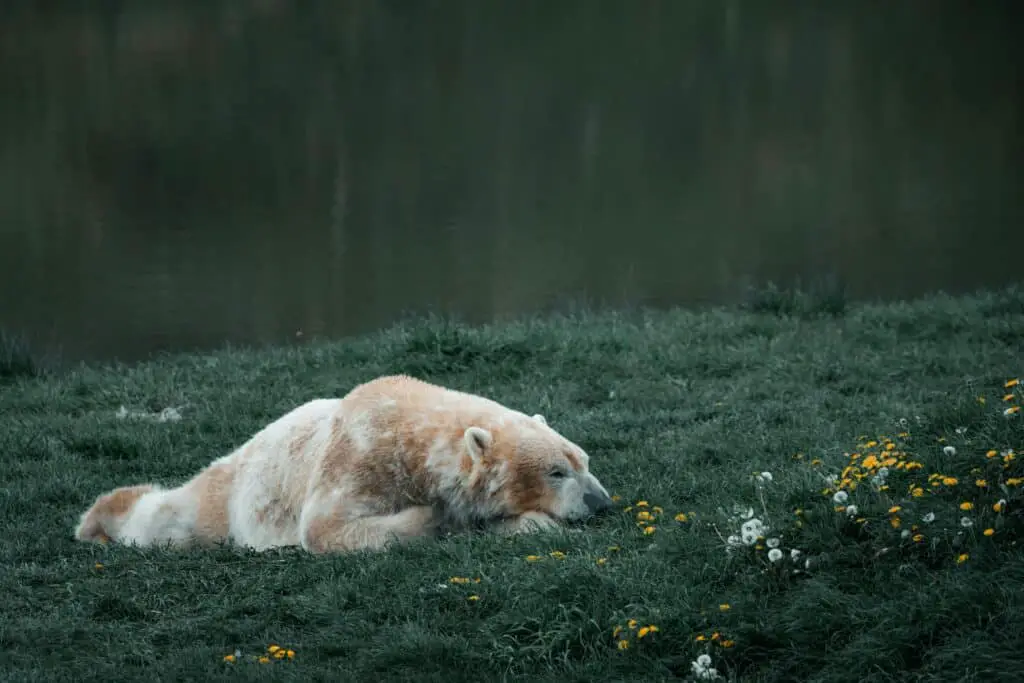
Its unusual white fur has made it the subject of many stories and legends among Indigenous peoples, and it has become an icon of the unique wildlife found only in this part of the world.
As we explore the finer details of the life of the Kermode Bear, we can understand why the preservation of such a species is so intrinsic to the region’s identity.
Genetic Mysteries: The Science Behind the Fur
The genetic basis of the Kermode Bear’s white fur lies in the recessive alleles inherited from both parents.
This rare genetic expression is a natural marvel, creating a stark contrast to the typical black fur of the American black bear.
Despite their enchanting appearance, these bears face the same survival challenges as their darker counterparts.
Interactions with Human Populations
Although revered by many, Kermode Bears must also navigate a world increasingly influenced by human activity.
Interactions with people can lead to conflicts, especially when bears rummage through garbage or approach human settlements.
Therefore, communities within Kermode Bear habitats are continually educated about coexistence with this treasured species.
An informed and respectful human presence is essential to reduce negative encounters and protect both bears and people.
Conservation Efforts and Future Prospects
Conservation organizations, along with government agencies, are vigorously working to safeguard the future of the Spirit Bear.
Habitat protection and anti-poaching laws are just some of the steps being taken to ensure the Kermode Bear’s continued existence.
The creation of wildlife sanctuaries and the strict regulation of trophy hunting in British Columbia are vital efforts contributing to the bear’s conservation.
The Importance of the Salmon Run to Kermode Bears
The annual salmon run is an event of enormous importance for Kermode Bears, supplying them with a nutritional bounty that is crucial for survival.
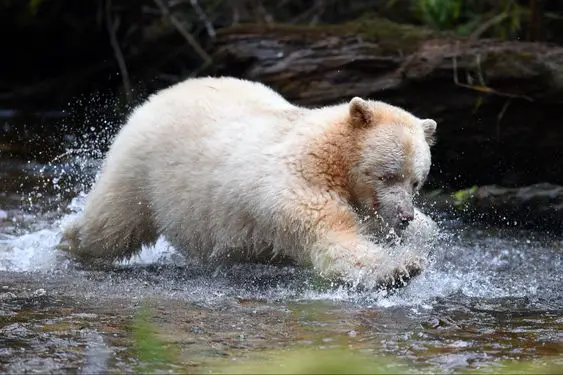
During this time, the bears can often be seen fishing for salmon, a skill that sustains them and provides critical fat reserves for the winter hibernation period.
Ecosystem connections, such as those between bears and salmon, highlight the intricate interdependencies of species and the significance of environmental health.
Behavior and Social Structure
Kermode Bears are solitary creatures, with the exception of mothers with cubs or during the mating season.
They are primarily nocturnal, though they can be active at any time, and their behavior patterns differ based on geographic regions, seasons, and individual personalities.
Understanding these bears’ social structures is key to studying their interactions and impact on the rainforest ecology.
Climate Change and Its Impact on the Kermode Bear
Climate change poses a significant threat to the Kermode Bear’s habitat and food sources.
Rising temperatures and changes in precipitation patterns can affect the availability and distribution of food such as berries and salmon.
This adds another layer of urgency to conservation initiatives aiming to combat the effects of climate change on vulnerable species like the Spirit Bear.
Kermode Bears and Ecotourism
Eco-conscious tourists from around the world are drawn to the Great Bear Rainforest in hopes of glimpsing the elusive Spirit Bear.
Responsible tourism practices have been put in place to ensure that visitors have a minimal impact on the bears and their environment.
One facet of living with wildlife is balancing the desire to observe these majestic creatures with the imperative to preserve their natural behaviors and habitats.
Frequently Asked Questions About the Spirit Bear
Why is the Kermode Bear important to the ecosystem?
The Kermode Bear is a keystone species, playing a critical role in maintaining the structure and integrity of their ecosystem.
Are Spirit Bears aggressive towards humans?
Kermode Bears, like any wild animal, can become aggressive if threatened or provoked, yet generally avoid human contact.
Can Kermode Bears be found outside of British Columbia?
While there have been rare sightings outside of British Columbia, the Kermode Bear’s primary habitat is the Great Bear Rainforest.
What threats do Kermode Bears face from climate change?
Climate change can disrupt the bears’ food sources, such as salmon, and alter their habitat, leading to potential food scarcity and habitat loss.
How does the color of the Kermode Bear impact its survival?
While the white fur can be a disadvantage by reducing camouflage, it has been speculated that during salmon runs, the white coat might be less visible to the fish, giving these bears a unique advantage.
Embracing the Legacy of the Kermode Bear
The Kermode Bear’s existence is a testament to the richness and diversity of wildlife in British Columbia and reminds us of nature’s capacity for wonder.
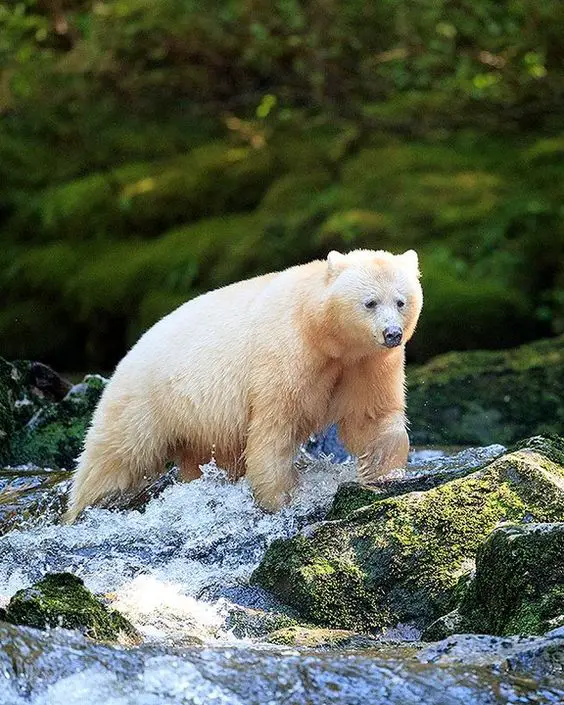
As conservationists, communities, and individuals work together to protect the Spirit Bear, its legacy endures – not only as a natural marvel but also as a symbol of a harmonious coexistence with the wild. It is our shared responsibility to ensure this enigmatic creature thrives for many generations to come.

